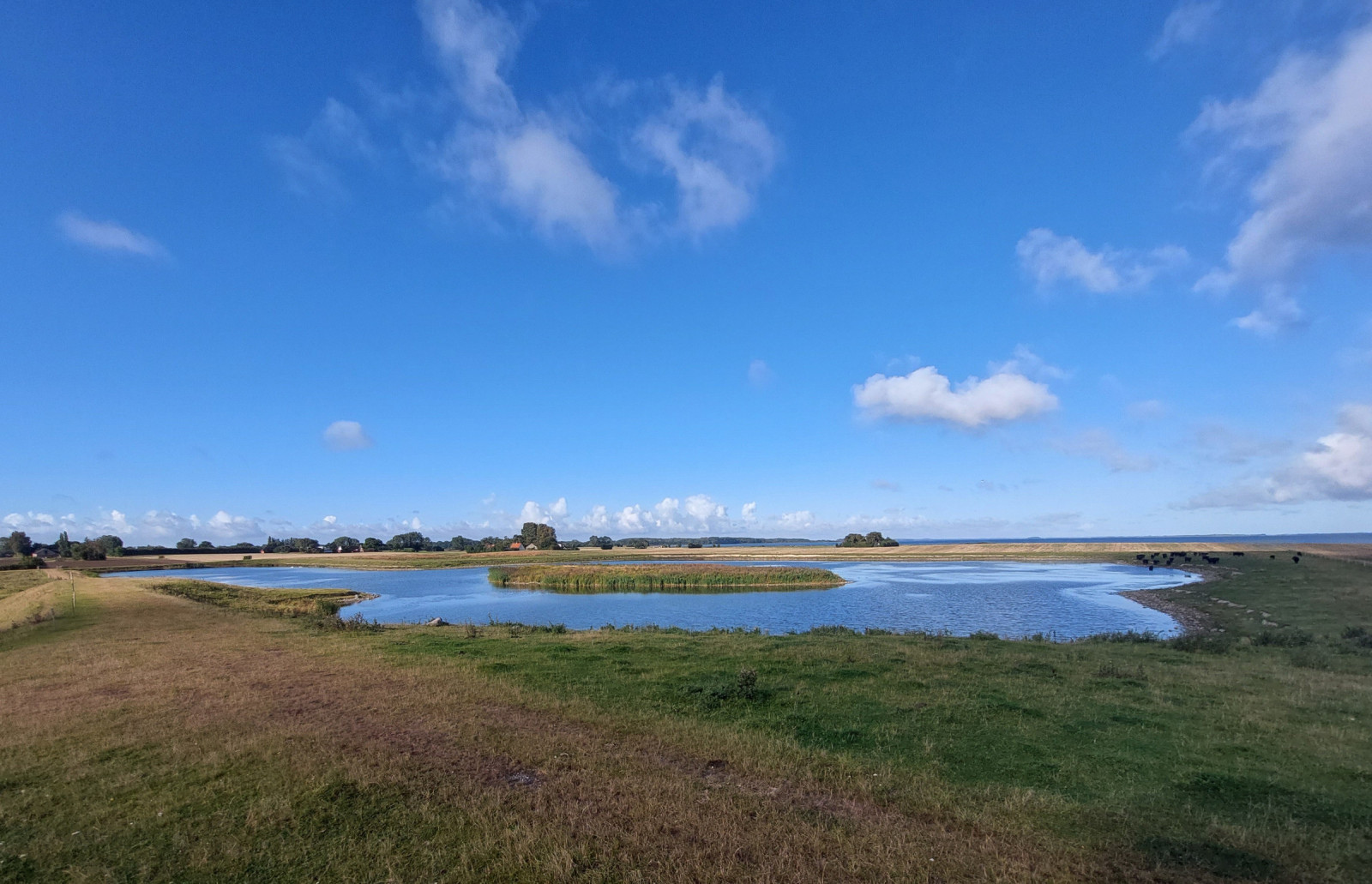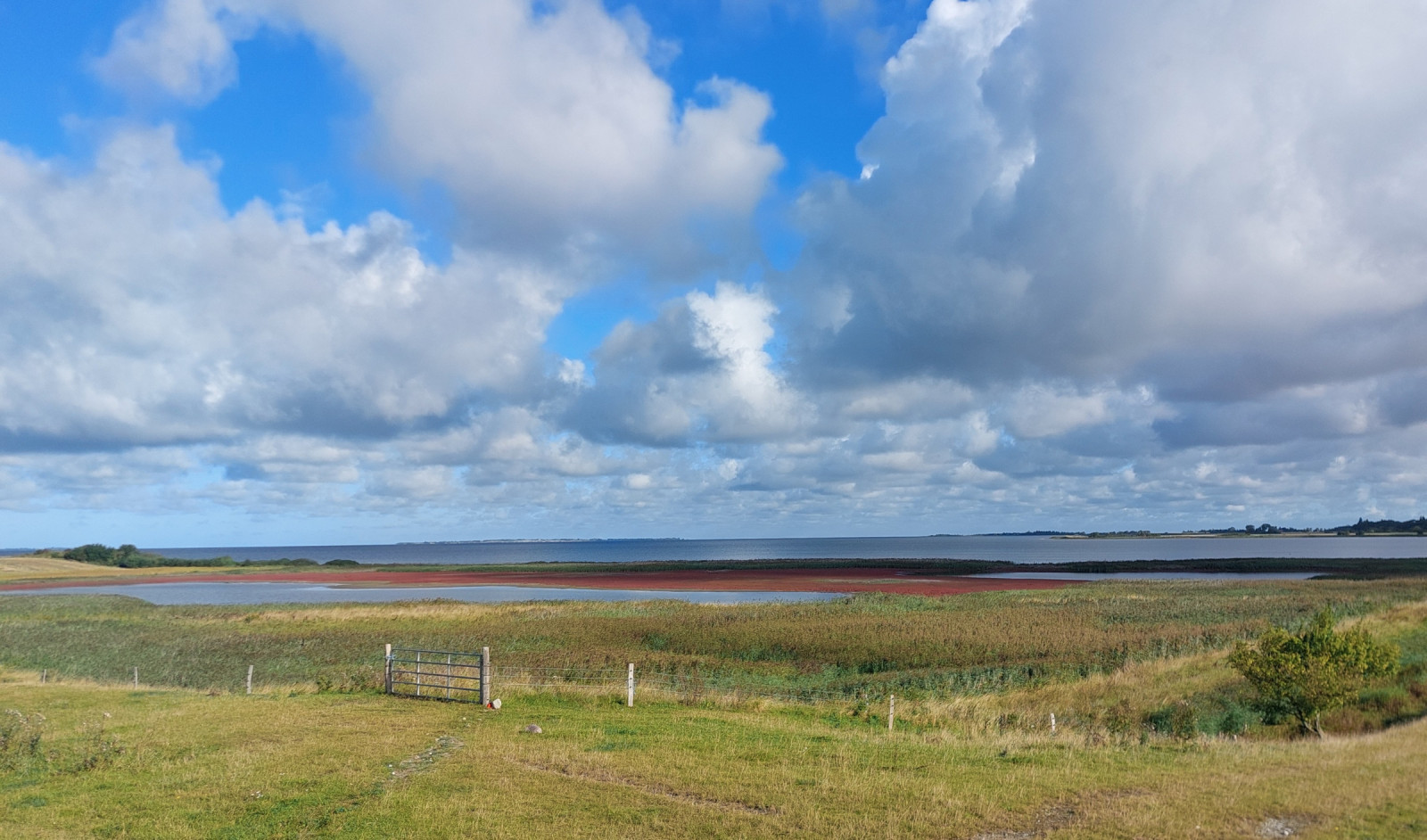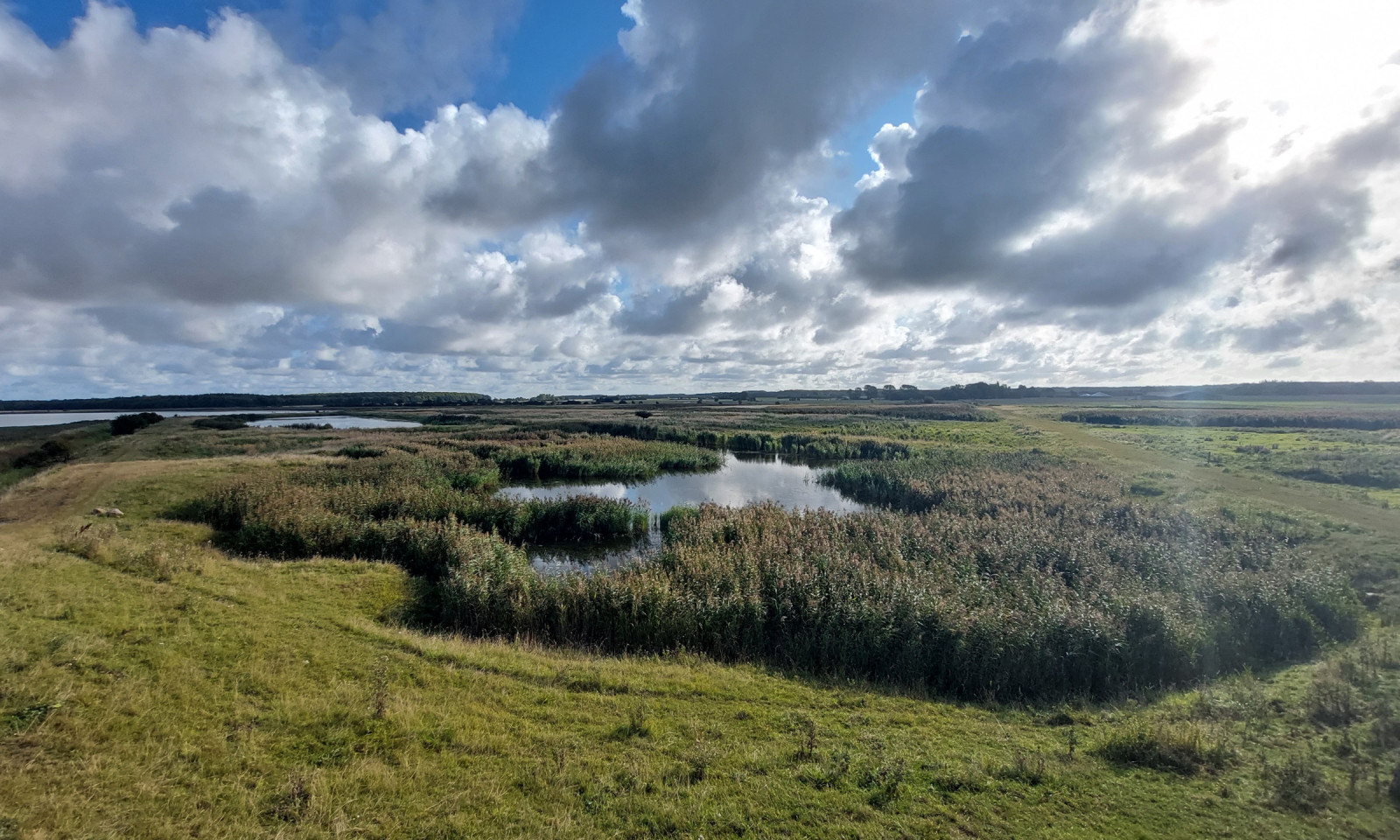Opis
Kalløgrå was used to deposit sludge from the sugar factory in Sakskøbing for a period of 10 years. In 2003 around 30ha of the area was taken over by the Aage V. Jensen Fund and a thorough re-establishment project was carried out, so that the area is now a wetland with lakes, wet and dry meadows - some of which are grazed - and remains of embankments.
Several wader species breed at Kalløgrå, for example czajka, krwawodziób and ostrygojad. A fair-sized colony of szablodziób and a small colony of śmieszka can be seen on the islet in the lake. mewa pospolita, rybitwa popielata and rybitwa rzeczna nest here, too. There are also a few pairs of perkozek and several pairs of perkoz rdzawoszyi. błotniak stawowy nest in the reedbeds. The area is a good stop-over site for many species of ducks and waders during migration. In autumn, large numbers of siewka złota, biegus zmienny, kulik wielki and smaller numbers of siewnica, biegus malutki, biegus krzywodzioby, kszyk, brodziec śniady and kwokacz stop over here.
Szczegóły
Dostęp
From the main 153 road between Sakskøbing and Guldborg, drive north to Kallø. Drive into the village and then north along Kalløgråvej, which becomes a gravel road. By continuing along this road one reaches a sheep fence, where one can park. From here there is access to a bird observation tower, from which there is a splended view over the area. Walking or cycling inside the fences is permitted, but please keep to the paths in order not to disturb the staging and breeding birds.
Teren i siedlisko
Tereny podmokłe , Morze , ŁąkaWarunki
Otwarty krajobrazTrasa dookoła
NieCzy luneta będzie przydatna ?
TakUdany sezon obserwacyjny
Przez cały rokNajlepszy czas na wizytę
Wiosenne migracje , Jesienne migracjeTrasa
Szeroka ścieżkaPoziom trudności szlaku pieszego
ŁatwyDostępne
PieszoCzatownia/platforma obserwacyjna
TakDodatkowe informacje
Note: If the sea level is normal or low, Kalløgrå is full of life, but it is almost empty at high sea level. So check the tides table. See the link below.




